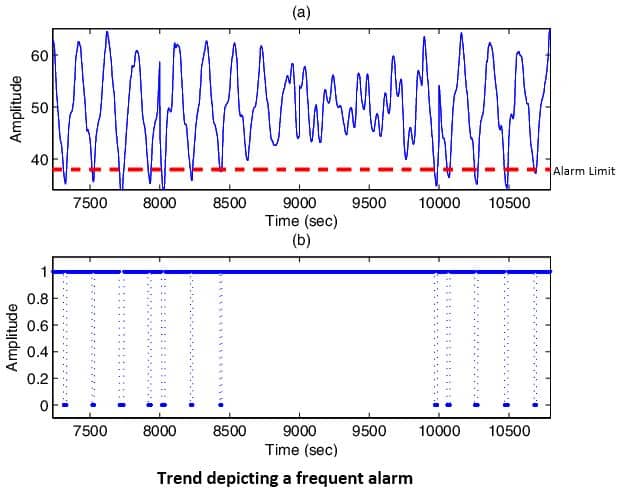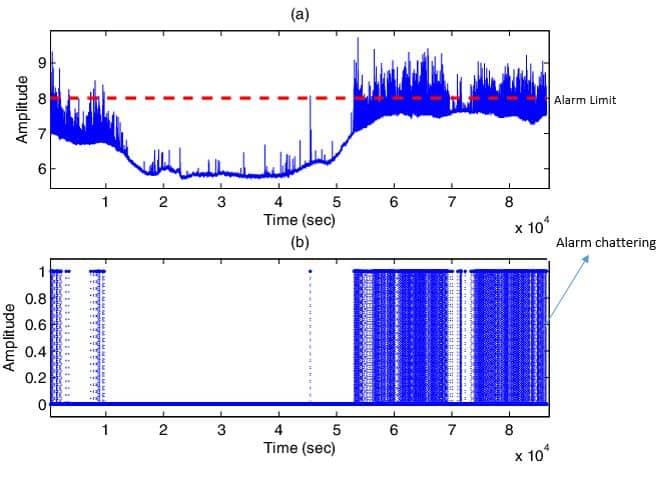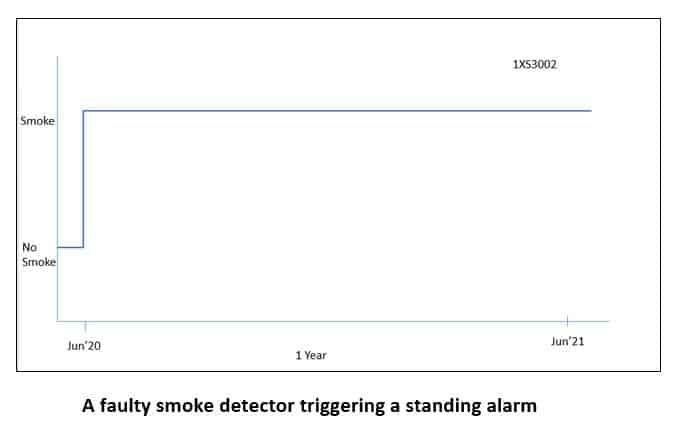The process alarm is initiated for early warning to take preventive action well in advance. In this article, we will discuss the process alarm & its types.
Table of contents
What is a Process alarm?
Generally, an alarm means something which requires attention. Just as you set an alarm on your mobile phone, which would alert you at that particular time.
In a process plant (Oil & gas, cement, power generation or petrochemical, etc.) an alarm indicates that there has something uncommon happened and it requires the control room operator’s attention.
The alarm usually triggers in a plant in an audiovisual format i.e. the alarm is shown on an operator screen (HMI) and there will be an audible horn also.
As already told, an alarm indicates an abnormal situation or developing abnormal situations. So the control room operator has to acknowledge the alarm and has to take preventive actions in order to keep the plant safe and to avoid any sort of process disturbances
We can categorize the alarms into various categories. Let’s discuss each one of them in detail.
Types of Process Alarm
There are four types of process alarm.
- Frequent Alarm
- Nuisance Alarm
- Standing Alarm
- Suppressed Alarm
Frequent Alarm
The alarm which frequently changes its state from Normal state to Alarm state is termed a frequent alarm.
The below trend highlights a frequent alarm, as the observed process signal is frequently crossing the alarm limit (marked in red dotted color) triggering an alarm.
Abnormal operations or faulty instruments cause frequent alarms.
Frequent alarms are often calculated in terms of counts. So, if an alarm triggers 60 times in a day we will say that the count of alarm count is 60 on that particular day.

Nuisance Alarm
If an alarm triggers quite a high no. of times in a short period of time (say in a few hours/minutes) then it can be termed as a chattering alarm. Process signal changes its state from normal to alarm and again alarm to normal very frequently.
The below-given trend highlights a chattering alarm. We call these alarms a Chattering alarm, as they create unwanted disturbance to the control room operator. They are a type of frequent alarm only, however nuisance alarm count is much more compared to normal frequent alarm.

Standing Alarm
Alarms that remain in an alarm state for a long time are termed standing alarms. Tags that remain in alarm state from a few hours to several days/months/years are termed a standing alarm. For eg., if a level of a tank is always below the low alarm limit then the low alarm will become a standing alarm till the level normalizes.
The standing alarm can occur in the following scenarios-
- Abnormal operation-If any equipment operates in abnormal condition for a longer period of time, it will trigger a standing alarm. For eg. if a line pressure is continuously above the operating range it will trigger a high pressure standing alarm.
- Faulty equipment-If any equipment/device is faulty for a long time, it will initiate a standing alarm. For example, a faulty smoke detector continuously detecting a smoke and thus triggering a standing alarm. For faulty equipment case, generally we suppress or inhibit the alarm till the time it is rectified.

Suppressed Alarm
Alarms that are suppressed or inhibited from activating are termed suppressed or inhibited alarms.
There is a need for alarm suppression in the following cases.
Faulty Instrument
If any instrument is faulty and is giving an absurd or false reading, then we generally suppress the alarms configured to that tag. For example – A faulty level transmitter is giving a false reading which triggers a false alarm, then we suppress that alarm to avoid any panic to the control room operator.
Equipment under maintenance/shutdown
if any equipment is in maintenance mode then we suppress the alarm related to that equipment to avoid triggering unwanted alarms. For eg. If any tank is being emptied out for maintenance, then we suppress the low-level alarms of the connected level transmitters.
Dynamic suppression
This is normally done on alarms that trigger when certain equipment gets stopped. For eg. If any pump is used for a small period of time (say a few hours) in a day. Then, we configure dynamic suppression on alarms related to those pumps, which would otherwise trigger when the pump stops.
Suppressed or inhibited alarms will not be displayed on the Alarm screen (HMI) as they are suppressed.
Read Next: